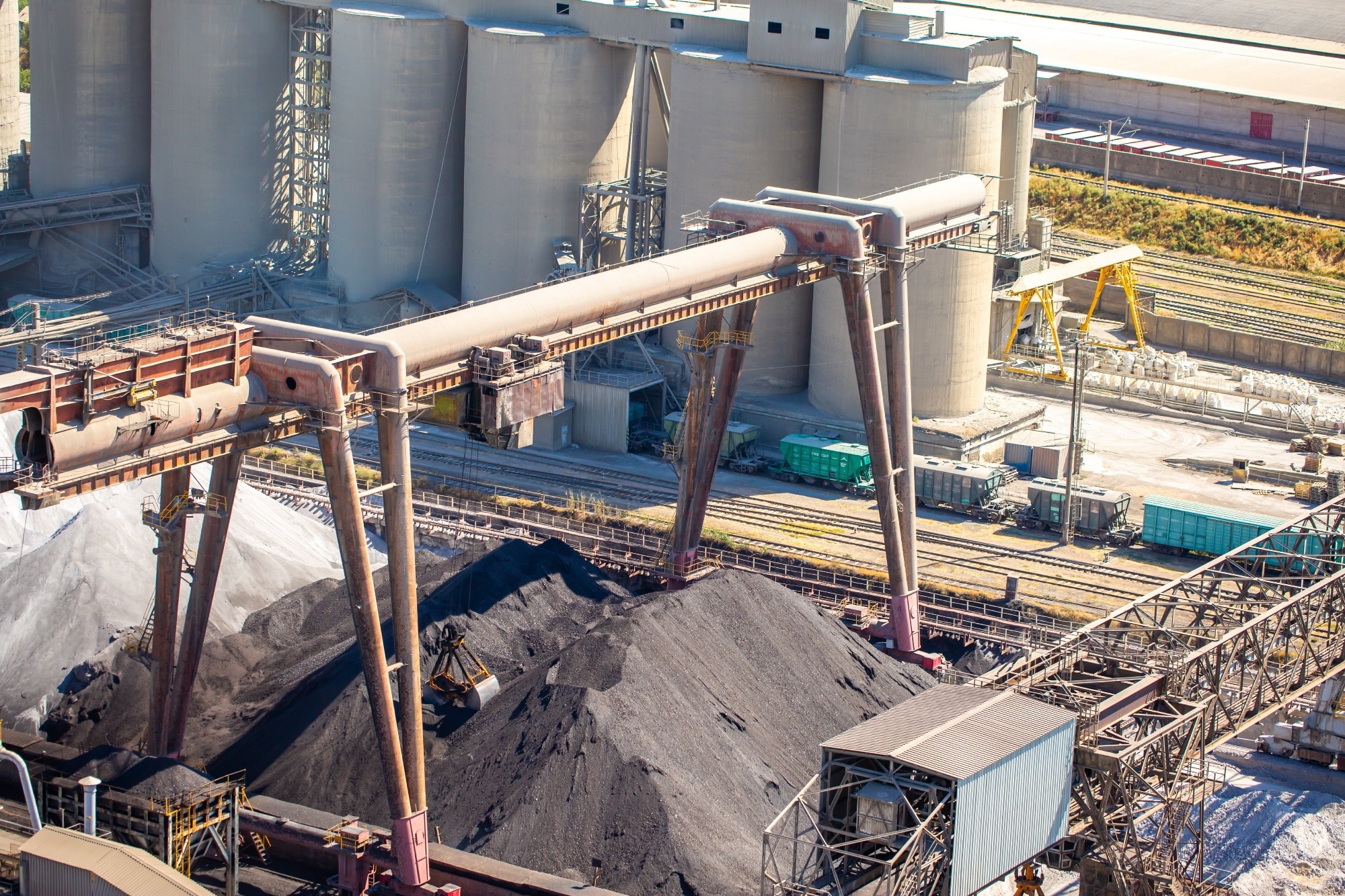A new review in npj Materials Sustainability argues that high-volume blended slag cements (HVBSCs) - mixes where more than 70 % of the clinker is replaced with ground granulated blast furnace slag (GGBS) - could play a key role in decarbonising the construction sector.

Study: Microstructural insights and technical challenges of effectively adopting high-volume GGBS in blended cements for low-carbon construction. Image Credit: Vera Larina/Shutterstock.com
By cutting clinker content and reusing a steel industry by-product, these cements can lower greenhouse gas emissions and improve durability. But the paper also points to significant technical challenges that need to be addressed before they can see widespread industrial use.
Hydration behaviour
The review draws on thermodynamic modeling, synchrotron spectroscopy, and laboratory testing to examine how HVBSCs hydrate. After 28 days, the main binding phase is calcium (alumino) silicate hydrate (C-(A-)S-H) gel, accompanied by portlandite, ettringite, monosulfate or monocarbonate aluminates, and magnesium–aluminum layered double hydroxides (Mg-Al-LDH).
Some compounds common in Portland cement, such as iron–siliceous hydrogarnet, can form rapidly, but direct evidence for these phases in HVBSCs remains limited. Increasing slag content lowers pore solution pH and reduces the calcium-to-silicon ratio, which slows early reactions. Above about 80 % replacement, however, aluminium released from the slag can help accelerate hydration at later stages, partly compensating for the initial slowdown.
Microstructural changes
These chemical shifts also alter the morphology of the binding gel. At low slag contents (under 30 %), it tends to form a linear, fibrillar network. Higher slag levels create a denser, foil-like nanostructure that can limit diffusivity and potentially improve durability.
Mechanical performance follows a similar pattern. Seven-day compressive strength falls as slag content increases, largely due to reduced early reactivity and clinker dilution. By 28 days, though, mixes with around 60 % GGBS can match the strength of Portland cement, as the slag’s latent hydraulic properties take over, aided by hydroxide ions released during dissolution.
Performance challenges
The review notes that up to 50% of GGBS replacements are already used in industrial projects - especially in marine construction - but higher volumes remain mostly confined to laboratory research. The main barriers are slower early strength gain, extended setting times, and lower reaction rates compared with Portland cement.
Researchers are investigating potential solutions, including chemical activators such as sodium hydroxide, sodium silicate, sodium sulfate, calcium sulfate, calcined layered double hydroxide, and sodium bicarbonate. Increasing curing temperatures to around 40 °C can also accelerate early reactions. More advanced additives, such as graphene-based materials and carbon nanotubes, are under study, though their cost limits large-scale adoption.
Outlook
HVBSCs are most promising in regions near steel production, where GGBS is abundant and affordable. In areas without local sources, transportation costs may offset environmental and economic benefits, making natural pozzolans a better option.
For marine environments, HVBSCs offer particular advantages due to their dense microstructure and potential for improved durability. However, the authors stress that broader adoption will require predictive modeling, optimized mix design for local materials, and robust performance standards.
If these challenges are met, the review concludes, HVBSCs could transform an industrial by-product into a mainstream, low-carbon building material, cutting emissions while delivering durable infrastructure.
Journal Reference
Yue, Z., & Zhu, X. (2025). Microstructural insights and technical challenges of effectively adopting high-volume GGBS in blended cements for low-carbon construction. npj Materials Sustainability, 3(1). DOI: 10.1038/s44296-025-00070-y. https://www.nature.com/articles/s44296-025-00070-y
Disclaimer: The views expressed here are those of the author expressed in their private capacity and do not necessarily represent the views of AZoM.com Limited T/A AZoNetwork the owner and operator of this website. This disclaimer forms part of the Terms and conditions of use of this website.